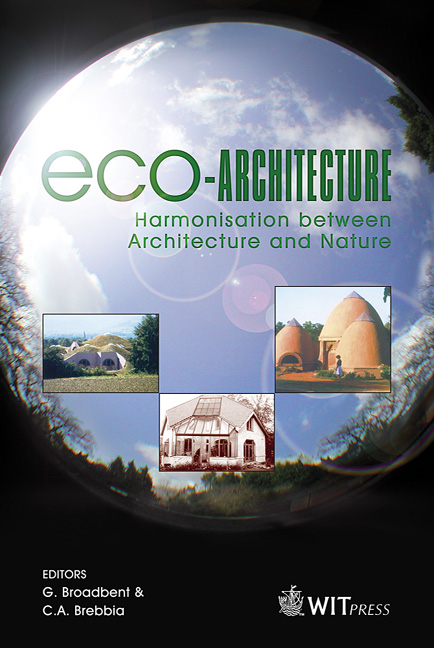Natural Building Systems: Experiments In Urban Ecology
Price
Free (open access)
Transaction
Volume
86
Pages
10
Published
2006
Size
1,350 kb
Paper DOI
10.2495/ARC060291
Copyright
WIT Press
Author(s)
K. Connors
Abstract
Natural building and alternative material use have evolved gradually in the United States over the past 40 years, mostly in rural situations, often outside what Ann Cline calls the \“Circle of Architecture”. With few exceptions, such as Portland, Oregon and Madison, Wisconsin, urban natural building has not taken a strong hold. The Rural Studio of the late Samuel Mockbee represents the quintessential design/build pedagogy for the socially conscious architecture curriculum in a rural setting. This paper describes the convergence of natural building, design/build pedagogy, and the support of an emerging culture of urban ecology in Buffalo, New York, by chronicling student work at the University at Buffalo. The design/build seminar course, Natural Building Systems, explores a range of alternative building materials and, through service to existing non-profit groups practicing urban agriculture, employs these materials in a participatory design/build process. Keywords: natural building, design/build, urban ecology, alternative materials. 1 Introduction Kennedy [1] describes the growth of the natural building movement through the vehicle of colloquia, beginning in 1994 in Oregon: \“The many disparate efforts to relearn ways of building with local materials and adapt them to modern needs have been brought together into a single conceptual basket with an easily understood name: ‘natural building.’” The purpose of Natural Building Systems is twofold: to introduce natural building to students of architecture and to implement design/build projects that reinforce existing urban neighborhood revitalization initiatives.
Keywords
natural building, design/build, urban ecology, alternative materials.





